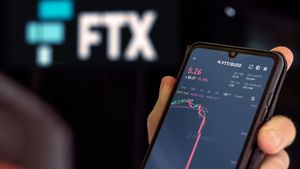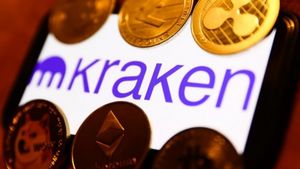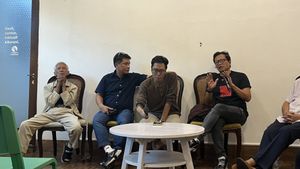Samsung and Qualcomm are among technology companies opposing the Indian government's choice of technology to bring live TV broadcasts to smartphones. They argued that the required hardware changes would increase device costs by 30 US dollars (Rp468 thousand).
India is considering a policy of requiring smartphone equipment with hardware to receive live TV signals without the need for mobile networks. They have proposed the use of technology called ATSC 3.0 which is popular in North America that allows precise geolocation determination of TV signals and provides high image quality.
However, the companies say smartphones already in India are not equipped to work with ATSC 3.0. According to them, efforts to add such compatibility will increase the cost of each device by 30 US dollars as it needs to add more components. Some are concerned that their existing manufacturing plans could be disrupted.
In a joint letter to the Ministry of Communications India, Samsung, Qualcomm, and telecommunications device manufacturer Ericsson and Nokia said the addition of live broadcast to mobile devices could also damage the performance of device batteries and mobile reception.
"We found no reason to continue discussing this adoption," reads a letter dated October 17 and reviewed by Reuters.
The four companies and India's Ministry of Communication did not respond to requests for comment. This proposal is still under consideration and can change, and there is no definite schedule for its implementation.
TV channel digital broadcasts on smartphones have become a limited choice in countries such as South Korea and the United States. But this app has not received great attention due to the lack of devices supporting the technology, executives say.
اقرأ أيضا:
The resistance to this policy is the latest from companies operating in India's smartphone sector. In recent months, they have opposed India's move to make mobile phones compatible with domestically made navigation systems and other proposals to require security testing for handsets.
For the Indian government, the live TV broadcast feature is a way to reduce density in telecommunications networks due to higher video consumption.
India's Cellular and Electronics Association (ICEA), a group of advocacy smartphone manufacturers representing Apple and Xiaomi and other companies, opposed this move personally in a letter on October 16, saying that there is no global major mobile phone manufacturer currently supporting ATSC 3.0.
Samsung dominates India's smartphone market with a share of 17.2%, while Xiaomi follows with a share of 16.6%, according to research firm Counterpoint. Apple has a share of 6%.
"Unproven and accepted technological inclusion globally... will hamper the pace of domestic manufacturing," ICEA's letter said.
The English, Chinese, Japanese, Arabic, and French versions are automatically generated by the AI. So there may still be inaccuracies in translating, please always see Indonesian as our main language. (system supported by DigitalSiber.id)

















